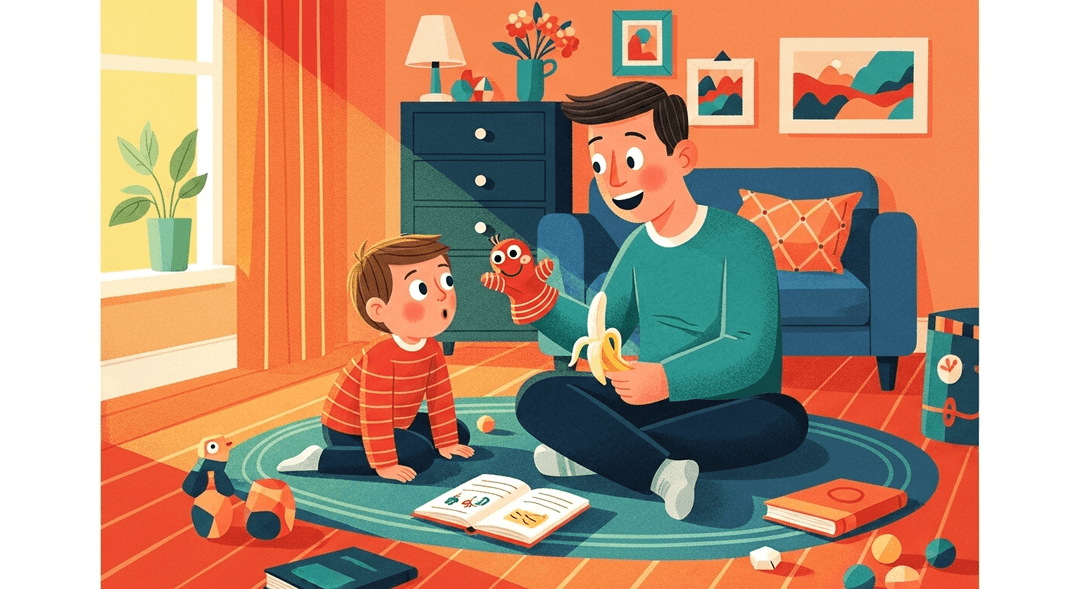Teach Them About How Their Body Works and the Importance of Healthy Habits
Ever tried to explain digestion to a five-year-old with a banana and a sock puppet? Welcome to the wild world of body basics, where your audience is sticky, your props are improvised, and questions like 'Do my bones have bones?' are totally normal. If you’re ready to make ‘wash your hands’ sound like the world’s coolest magic trick—and maybe learn a thing or two about your own organs along the way—this one’s for you.
Kids who learn about their bodies and healthy habits early build better self-awareness, self-regulation, and confidence—plus, their brains get a boost from all that curiosity and hands-on learning. For parents, it’s a chance to connect, model good habits, and maybe sneak in some new ones yourself (hello, flossing). It’s like giving everyone’s brain a little high-five.
How to do it
Start with what’s visible and relatable—teeth, hands, tummies. Gradually introduce the more mysterious inner workings of the body, but keep explanations simple unless you’re prepared for a deep dive into topics like “how do kidneys work?”
- Begin by talking about body parts your child can see and touch.
- Use books, songs, and silly games to make learning enjoyable.
- Model healthy habits yourself. Narrate your actions out loud (for example: “Look, I’m washing my hands because I just touched the dog’s butt”).
- Answer questions honestly and with a sense of humor.
- Celebrate small achievements, such as washing a face or trying a new vegetable—even if it’s just a tiny bite.
Tips:
- Keep explanations age-appropriate and avoid overwhelming details.
- Use everyday moments as teaching opportunities.
- Encourage curiosity and let your child’s questions guide the conversation.
- Make learning interactive and playful to hold their interest.
- Focus on progress, not perfection—every small step counts!
